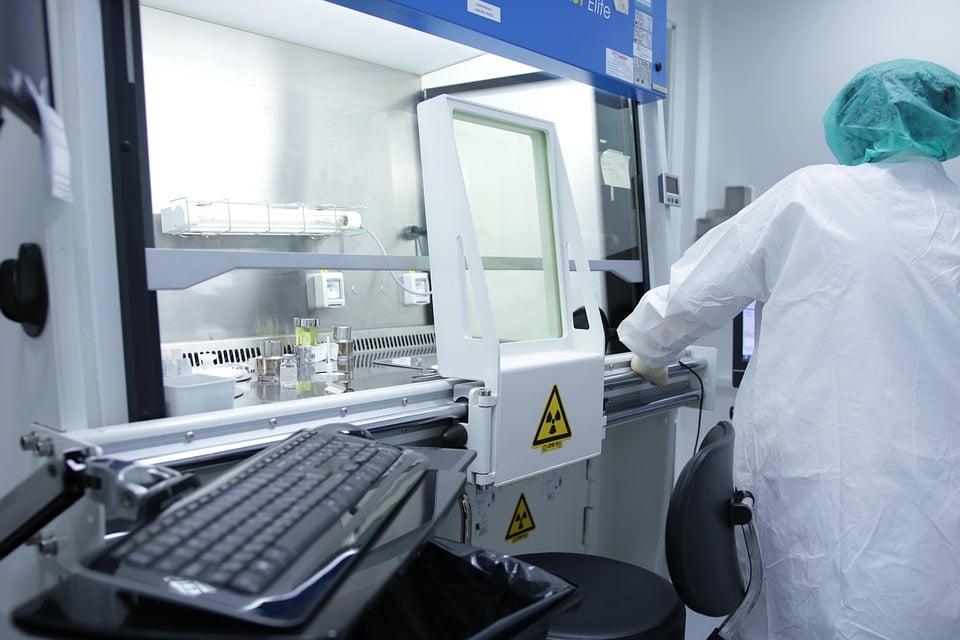OKLAHOMA CITY – Amylin, a hormone that controls appetite and blood sugar by activating three different receptors in the brain, could be the basis for the next blockbuster obesity drugs. A University of Oklahoma study published today in the journal Science Signaling reveals a new understanding of how amylin receptors react upon being activated, an advancement that will be crucial to the field of drug development.
“This paper shows the new biochemical and pharmacological methods we developed that will enable the field, for the first time, to understand exactly what drugs in development do at each of the three amylin receptors,” said the paper’s senior author, Augen Pioszak, Ph.D., an associate professor of biochemistry and physiology at the University of Oklahoma College of Medicine. “Amylin receptors are very complicated, and each has very different and unique properties. What we have discovered has eluded researchers for many years, and we believe our findings will advance drug development.”
Amylin is secreted from the pancreas, along with insulin, after a person eats. Amylin receptors in the brain are in the same family as GLP-1 receptors, which are targeted by pioneering drugs like semaglutide (Ozempic and Wegovy).
“There has been a lot of interest in the pharmaceutical industry for developing new obesity drugs,” said Sandra Gostynska, a doctoral student in Pioszak’s lab who is the lead author of the paper and made the seminal findings. “What we have done is given the field new tools for understanding how a drug can affect amylin receptors.”
Their findings are two-fold:
- The three amylin receptors share a core component but have differing accessory subunits, as if they wear common attire but dress it up with different accessories to make each a distinct fashion. Understanding how to target that distinctiveness may be important for creating a drug that best controls appetite and brings about the most weight loss with the fewest side effects. Gostynska developed a laboratory procedure to arrive at that understanding.
- Drugs have the potential to pull the subunits together or push them apart. This, too, could be important for drug development because the drugs may act differently depending on whether they push or pull.
Pharmaceutical companies are already developing drugs based on amylin. Pioszak said his lab’s research provides clarity for what occurs when a drug targets a complicated set of receptors.
“We believe our findings will further the study of drugs because what pharmaceutical and biotech companies want to know is what their drug does at each amylin receptor,” Pioszak said. “Now we have a method of answering those questions that were previously unanswerable.”
